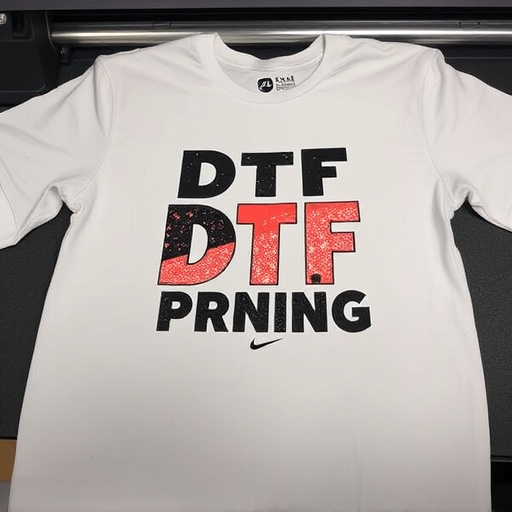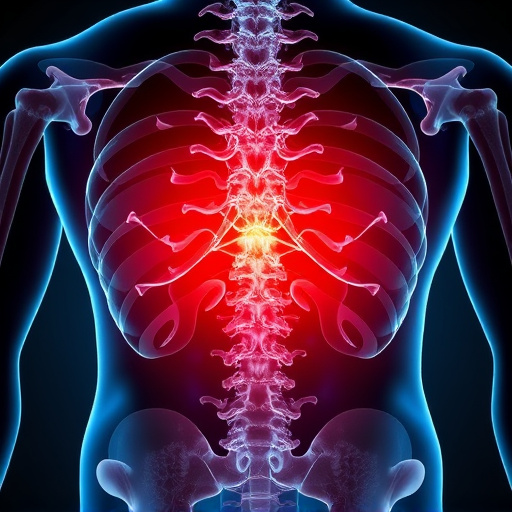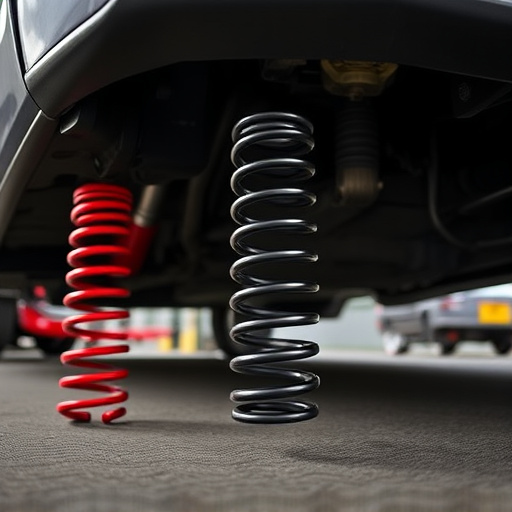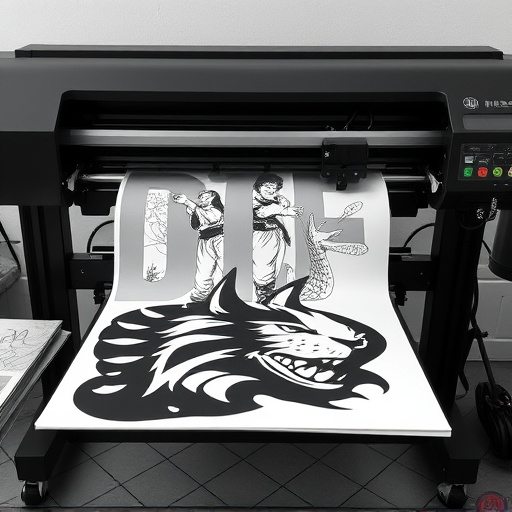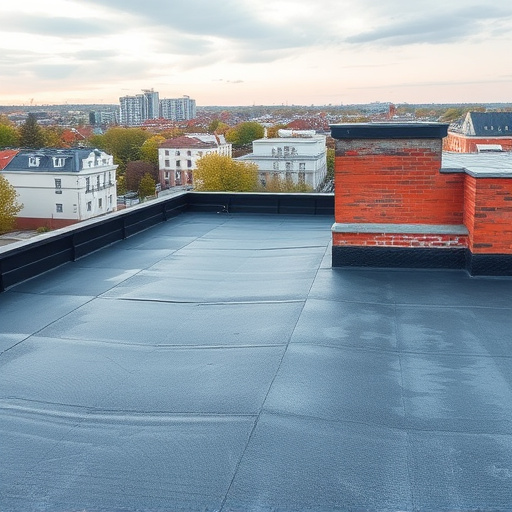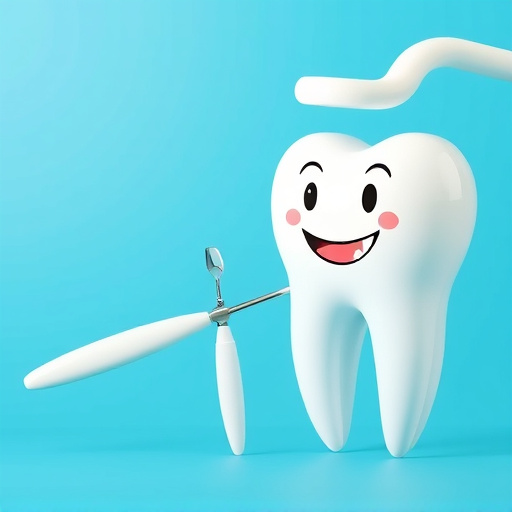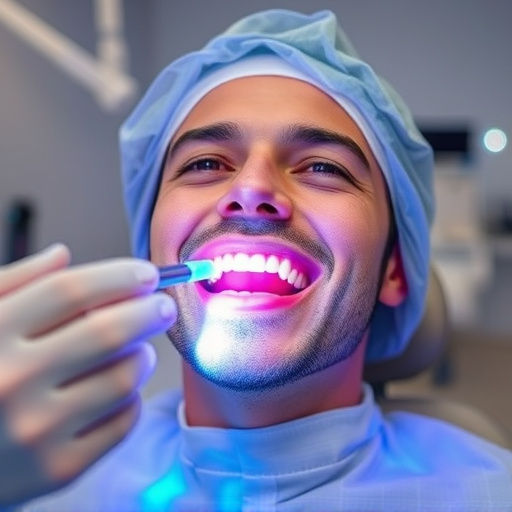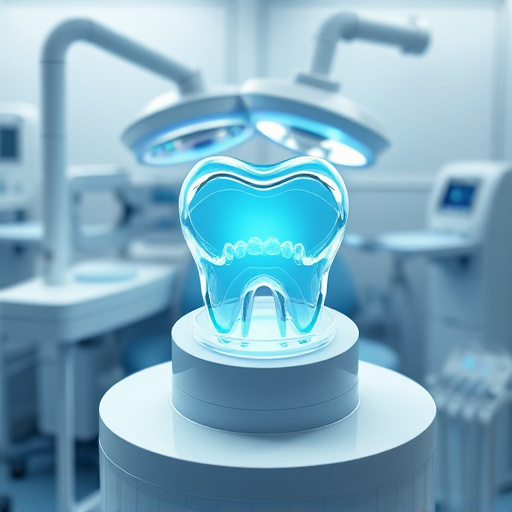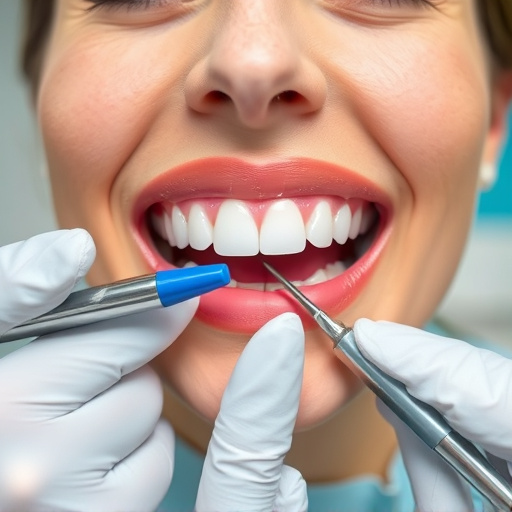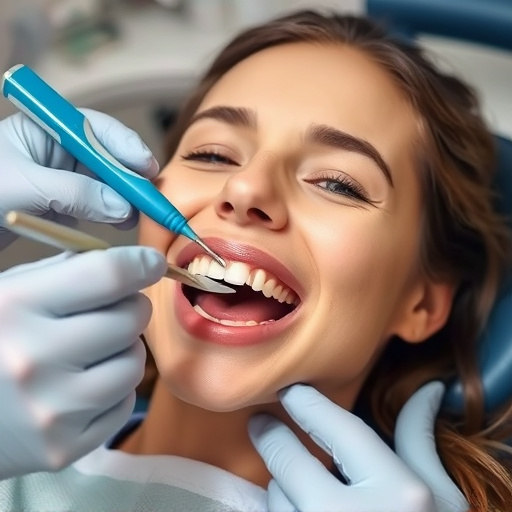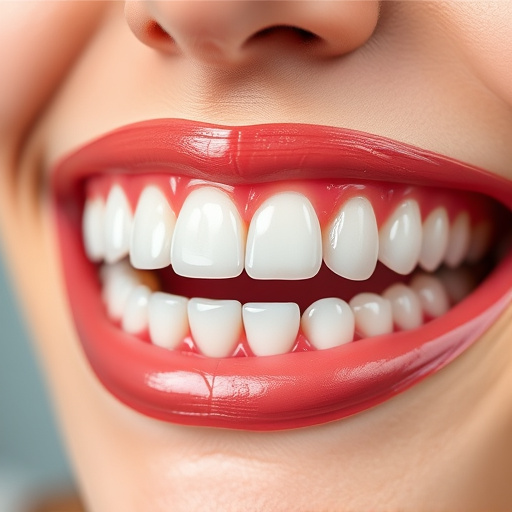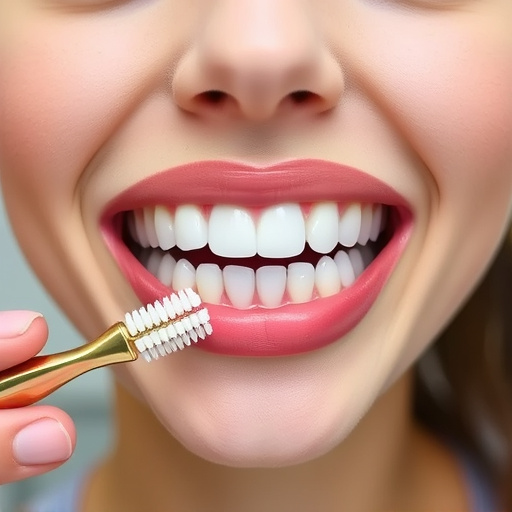Minimally invasive dentistry (MID) represents a significant shift in oral care, moving away from historically invasive procedures towards precise, tailored treatments. Modern advancements in technology and science have enabled dentists to perform various procedures with minimal disruption to natural tooth structures and the mouth's ecosystem. This approach offers numerous benefits for patients, including reduced pain, quicker recovery times, and less daily life interruption. Dentists also gain improved precision using advanced technologies, leading to better outcomes and potentially reducing the need for follow-up treatments. MID's cost-effectiveness further enhances its appeal by lowering the long-term need for complex procedures.
“Minimally Invasive Dentistry (MID) represents a revolutionary shift in dental practices, combining art and science for precise, patient-centric care. This evolving field has transformed traditional dental treatments by offering less traumatic interventions with faster recovery times. From its historical roots to modern technological advancements, MID prioritizes comfort and aesthetics.
This article explores the evolution of dental practices, delves into the benefits of MID, and highlights cutting-edge technologies driving its success, ultimately showcasing how art and science integrate for optimal patient outcomes.”
- The Evolution of Minimally Invasive Dental Practices
- – A brief history of dental practices and the shift towards minimal intervention
- – Benefits of minimally invasive dentistry (MID) for patients and dentists
The Evolution of Minimally Invasive Dental Practices

The field of dentistry has witnessed a remarkable transformation with the advent of minimally invasive dentistry practices. This evolving approach leverages advanced technologies and techniques to deliver comprehensive dental care while minimizing patient discomfort and recovery time. Historically, dental procedures often involved more invasive methods, leading to longer healing periods and higher risks of complications. However, with advancements in science and art, dentists now employ precise tools and techniques for tasks such as dental cleanings and the placement of dental crowns.
Minimally invasive dentistry combines artistic dexterity with scientific precision, ensuring treatments are tailored to individual patient needs. This evolution has not only enhanced comfort levels for patients but also improved overall oral health outcomes. By adopting these innovative practices, dental professionals offer faster, more efficient solutions without compromising on the quality of care, thereby revolutionizing how we perceive and experience dental procedures.
– A brief history of dental practices and the shift towards minimal intervention

The evolution of dental practices has significantly shifted from invasive procedures to a more nuanced approach, embracing minimally invasive dentistry. Historically, dental treatments often involved extensive and painful processes like multiple tooth extractions without considering long-term oral health or patient comfort. This era gave way to a modern perspective that values precision, art, and science in dental care. Today, dentists focus on preserving natural tooth structures, avoiding unnecessary removal, and providing comprehensive dental care with minimal disruption to the mouth’s delicate ecosystem.
This paradigm shift can be attributed to advancements in technology and an increased understanding of oral health. Modern techniques enable dentists to perform intricate procedures with greater accuracy, ensuring better outcomes and patient satisfaction. As a result, minimally invasive dentistry not only reduces discomfort but also promotes cosmetic dentistry by enhancing smiles while maintaining optimal oral health.
– Benefits of minimally invasive dentistry (MID) for patients and dentists

Minimally invasive dentistry (MID) offers a host of benefits for both patients and dentists. For patients, one of the key advantages is reduced discomfort and recovery time compared to traditional dental procedures. MID techniques often involve smaller incisions, less tissue removal, and fewer risks of infection, making it particularly appealing for those nervous about dental work. It also means less disruption to a patient’s daily life, allowing them to return to their regular activities more quickly.
Dentists benefit from MID as well, as it enhances precision and control during treatments. Advanced technologies like lasers and 3D imaging enable dentists to accurately diagnose issues and plan interventions with greater efficiency. This precision leads to improved treatment outcomes, reducing the need for follow-up procedures. Additionally, MID can be cost-effective in the long run, as less extensive treatments may reduce the need for complex or costly procedures such as dental implants or comprehensive dental care following an invasive procedure.
Minimally invasive dentistry (MID) represents a significant evolution in oral care, seamlessly blending art and science. By prioritizing precision and patient well-being, MID offers numerous advantages, from reduced discomfort and shorter recovery times to cost-effectiveness. As this practice continues to gain traction, its ability to enhance both patient experiences and dental procedures makes it an essential approach in modern dentistry.
